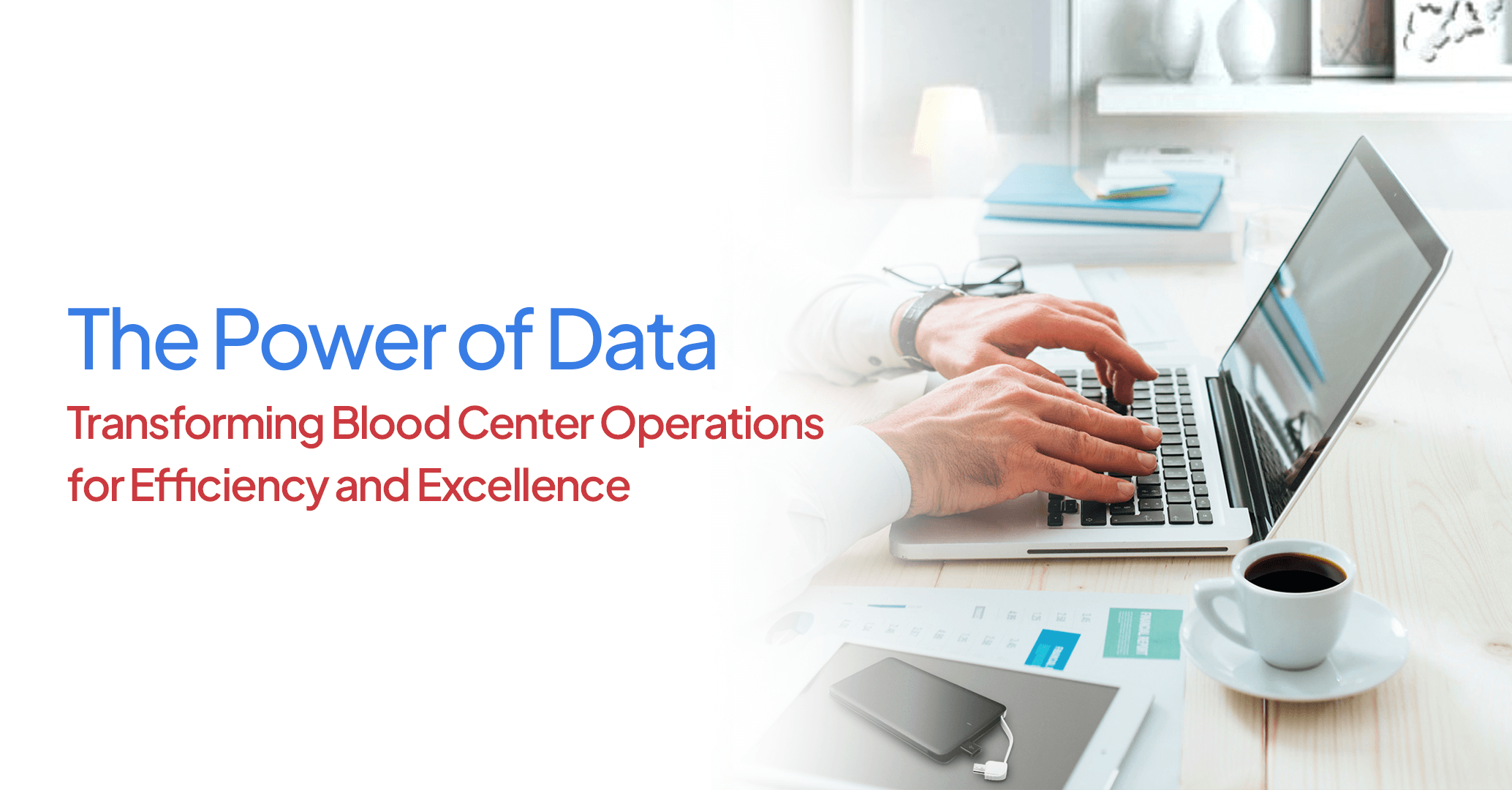Optimizing Donor Recruitment and Retention
One of the most important tasks for any blood center is recruiting and retaining blood donors. Data analytics can provide a deeper understanding of donor demographics, behaviors, and motivations. By analyzing donor data, blood centers can identify ideal donor profiles, pinpoint underperforming markets, and target outreach efforts more effectively.
Data-driven insights enable blood centers to segment donors, personalize communications, and offer incentives matched to donor interests. With data-powered donor relationship management, blood centers can boost donor retention, increase donation frequency, and ensure a robust blood supply.
Streamlining Blood Donor Management
Managing the blood donation process efficiently maximizes collections while providing a positive donor experience. Data plays a key role in smoothing blood donor operations.
By applying predictive analytics, blood centers can forecast donation appointment demand at granular levels. This allows centers to optimize appointment scheduling, staffing, and resource allocation to match capacity to expected donor traffic.
Data can also help minimize wait times, service delays, and other friction points. Queue management analytics identifies bottlenecks and guides process improvements. Real-time monitoring provides visibility into on-site donor flow, enabling rapid response to issues as they arise.
Together, these data capabilities allow blood centers to deliver seamless, timely donation experiences at each collection site. The result is happier donors who are more likely to return frequently.
Improving Blood Testing and Processing
Behind the scenes, blood undergoes extensive testing and processing before it can be released to hospitals. Data helps make these complex operations more agile and efficient.
For example, machine learning algorithms can analyze decades of testing data to accurately classify donor samples based on risk profiles. This allows blood centers to optimize testing workflows for each blood unit, minimizing unnecessary tests while ensuring safety.
Meanwhile, statistical analysis of historical data identifies strengths and vulnerabilities in the supply chain. Blood centers can address bottlenecks proactively and reallocate resources to balance capacity across locations.
Together, data-driven insights enable just-in-time blood processing to shorten turnaround times and reduce waste. This maximizes the availability of safe blood for patient transfusions.
Informing Blood Inventory and Distribution
Managing blood inventory across a network of locations is a complex balancing act. Blood has a short shelf life and demand fluctuates. Data science provides an edge by improving visibility and decision making.
Predictive models can forecast blood usage at hospitals based on historical transfusion data, seasonal patterns, planned surgeries, and other factors. This gives blood centers early warning to ramp up collections for blood types likely to be in short supply.
Optimization algorithms can generate ideal distribution plans to get blood where it needs to be, when it needs to be there. By minimizing cross-matching and shipping costs, data-powered logistics makes the most of limited transportation resources.
Real-time monitoring of inventories across the blood supply chain provides actionable alerts to prevent shortages. Automated ordering and smart storage solutions enabled by data help ensure just-in-time delivery of blood to hospitals.
By leveraging data, blood centers can achieve unprecedented coordination across the blood ecosystem. The result is boosted availability and reduced waste of precious blood resources.
Building a Data-Driven Culture
Implementing advanced data solutions requires more than just technology. It is critical to foster an organizational culture that embraces data at all levels.
Leaders must clearly communicate how data supports key objectives and invest in training staff in data literacy and analytics. Domain experts should be closely involved in defining data requirements, interpreting insights, and designing improved processes.
With a collaborative approach, frontline teams will gain confidence in making data-informed decisions to enhance operations. Adoption of analytics and automation will accelerate, driving continuous improvement powered by data.
The path forward relies on platforms that break down data silos and deliver insights through easy-to-use dashboards. With the right foundation, blood centers can fully harness data to propel operational excellence.
The Power of Partnerships
Maximizing the value of data requires effective partnerships between blood centers, hospitals, technology vendors, and external analytics experts.
By collaborating and sharing supply chain data, blood centers and hospitals can achieve end-to-end visibility and coordinate activities. Partnerships with technology firms allow blood centers to implement purpose-built data platforms attuned to industry needs. External data scientists lend advanced expertise to extract strategic insights from complex data.
Together, these partnerships amplify the impact of data across the blood ecosystem. They enable blood centers to tap their full potential for innovation and position themselves for long-term success.
Embracing the Data Revolution
Blood donor management is being transformed by the data revolution. Blood centers that fail to adapt risk inefficiency and vulnerability at a time when aging populations and healthcare advances are increasing demand.
Organizations must view data as vital infrastructure – just as critical as buildings and equipment. With robust data foundations and a culture of analytics, blood centers can achieve unprecedented agility, efficiency, and resilience.
By harnessing data-driven insights, blood centers can optimize the donor lifecycle, smooth operations, inform planning, and strengthen partnerships. The result will be lasting gains in productivity, performance, and lifesaving impact. The data revolution presents an opportunity to reimagine blood center excellence – and patients around the world will benefit.
